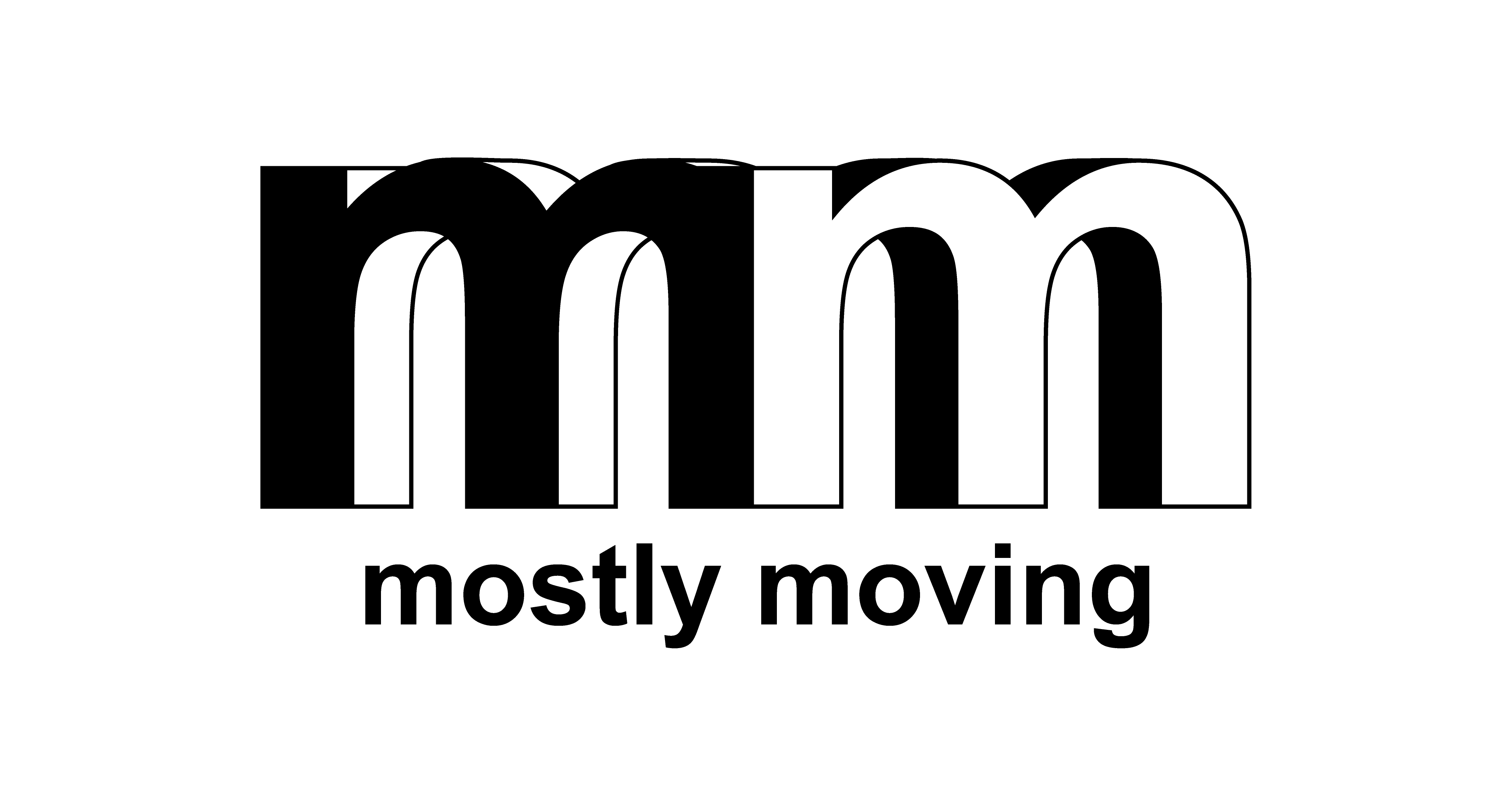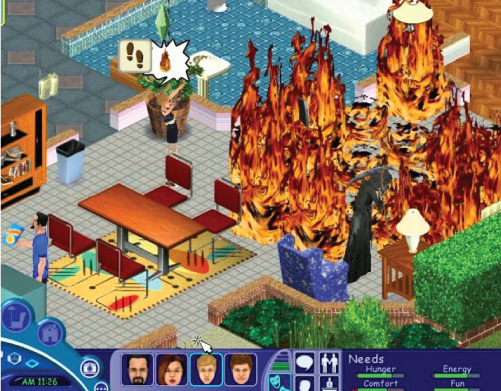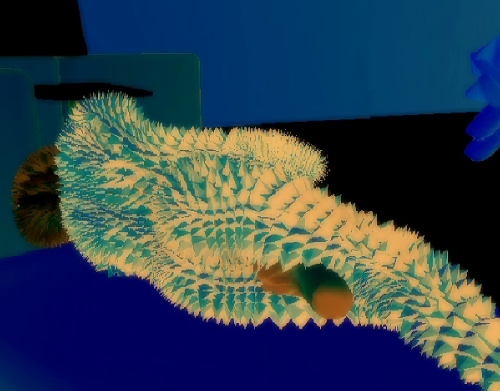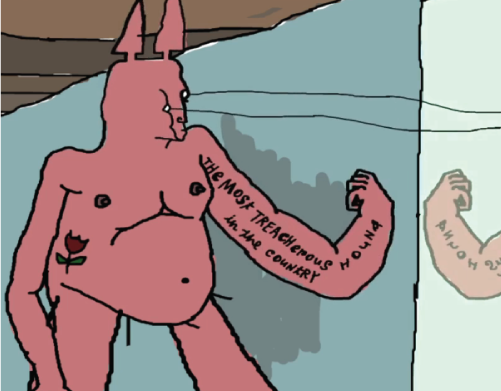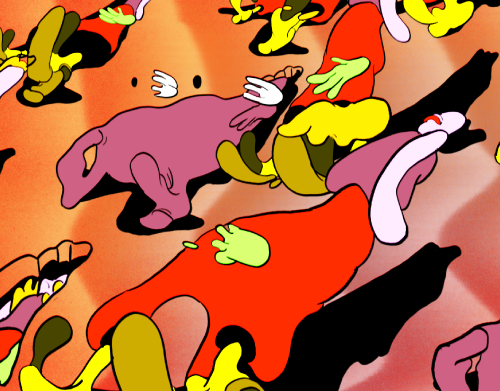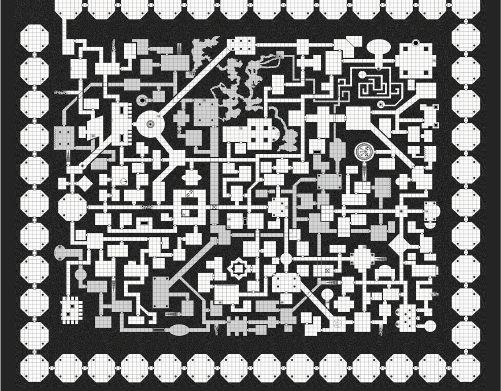an essay by Sean Buckelew
The top of the Vimeo homepage on October 31st, 2018
Extremely popular on YouTube, but not the kind of animation I’m talking about.
David Firth has more problems with YouTube than most, despite being one of the most popular animators on the platform.
Carl Burton’s test — creating a new YouTube account, and only following links for high brow film content (in this case, a video showing the first three minutes of Federico Fellini’s “8 1/2”, the YouTube algorithm suggests mostly relevant recommendations, but can’t help but slip in one clickbait video with a Jimmy Kimmel thumbnail.
the Vimeo house at SXSW, celebrating 10 years of Staff Picks. This reminded me how powerful this culture of independent filmmaking could be, and made me desire a world where Vimeo’s marketing efforts would exclusively emphasize filmmakers and films on a large scale.
My extremely informal research into whether my highly biased twitter followers would pay to watch an animated short online. Lots of questions spiraled out of this, and twitter isn’t a great place for meaningful follow up.
A discussion on Twitter about what a new video platform might look like.
Your support keeps the magazine running, thank you.
